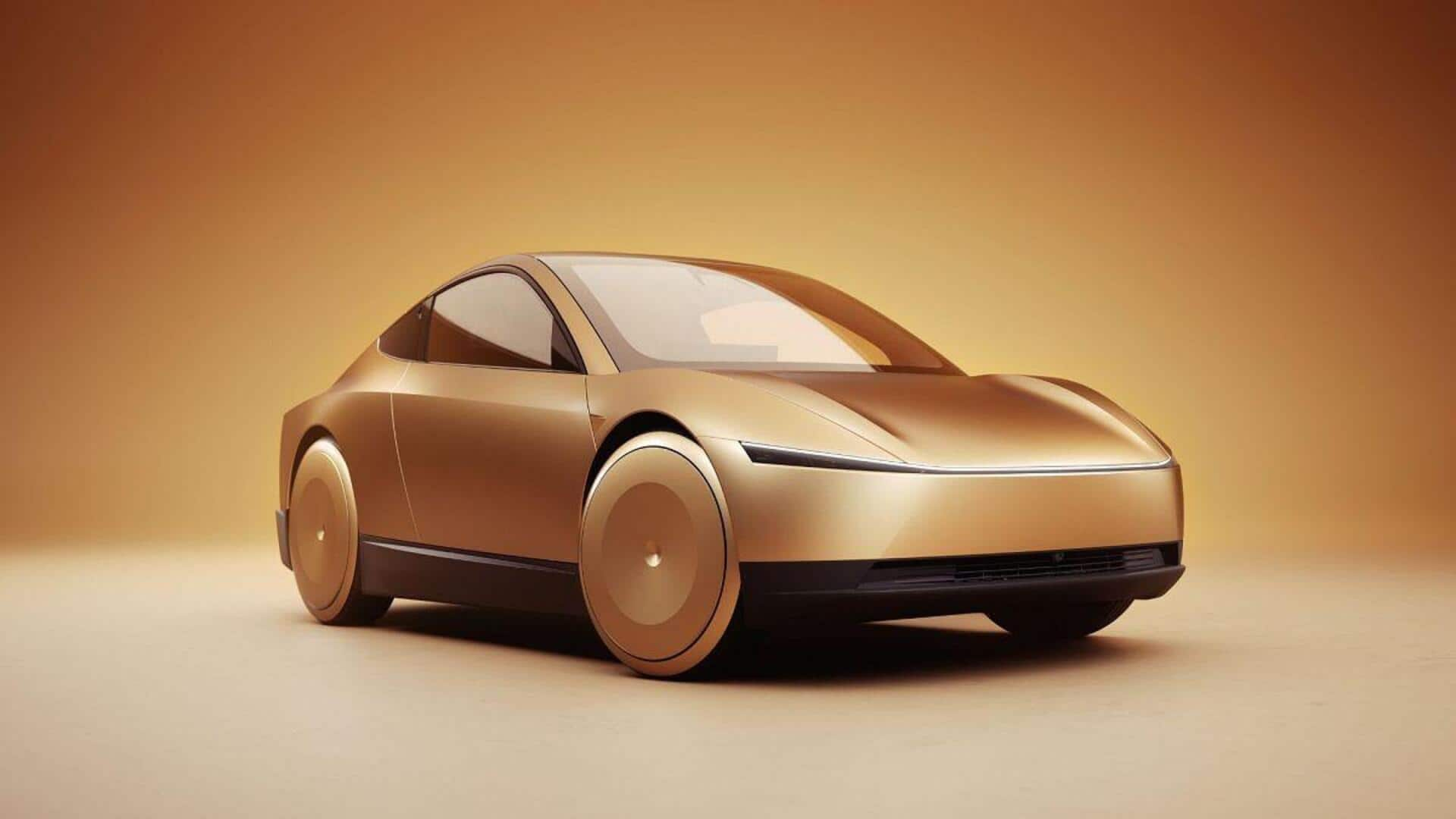
Tesla's robotaxis maybe controlled by humans after all
What's the story
Tesla, the US-based electric vehicle maker, is putting together a teleoperations team for its upcoming robotaxi service. The news came to light through a recent job advertisement looking for a software engineer. The new hire will be responsible for building a system, that would allow remote access and control of Tesla's future robotaxis and humanoid robots.
Job details
Responsibilities and project significance
The software engineer position is based in Palo Alto and the successful candidate will be responsible for driving requirements, making design decisions, and implementing software integration for this custom teleoperation system. Notably, the job listing doesn't mention whether Tesla is expanding an existing teleops team or starting from scratch. However, the formation of such a team shows Tesla's seriousness about introducing its robotaxis on public roads.
Strategy change
A shift in Tesla's approach to autonomy
The formation of a teleoperations team also comes as a departure from Tesla's previous self-reliance. CEO Elon Musk has always emphasized Tesla's ability to go fully autonomous with advanced neural network training and camera-based perception, without any human involvement. This new development, however, indicates a strategic shift in Tesla's approach toward launching its autonomous vehicles.
Industry perspective
Teleoperations: A crucial component for autonomous vehicles
Teleoperations are largely seen as a key element for bringing self-driving cars on the road. Companies like Waymo, which operates a commercial autonomous ride-hailing service in a few US cities, already employ teleoperation systems to handle certain scenarios such as construction zones, collisions, and hardware failures. The decisions taken by remote operators also serve as useful training data for Level 4 autonomous operations.
Past ventures
Tesla's previous experience with teleoperations
Tesla has used teleoperations in the past, as seen at the "We, Robot" event in October where remote operators controlled its Optimus bots to engage with guests. However, the requirements for remotely operating robotaxis are different. The UI and controls for robotaxis would probably mimic driving controls, and include facilities like real-time mapping and decision-making support for complex situations.
Upcoming projects
Robotaxi prototype and future plans
Last month, Tesla unveiled its robotaxi prototype - a Cybercab sans a steering wheel or pedals that can carry two passengers. Musk has said production on this vehicle would start in 2026 or 2027. He also plans to launch a service letting people hail self-driving Teslas in California and Texas by 2025, a service Tesla is already testing with employees in the Bay Area.